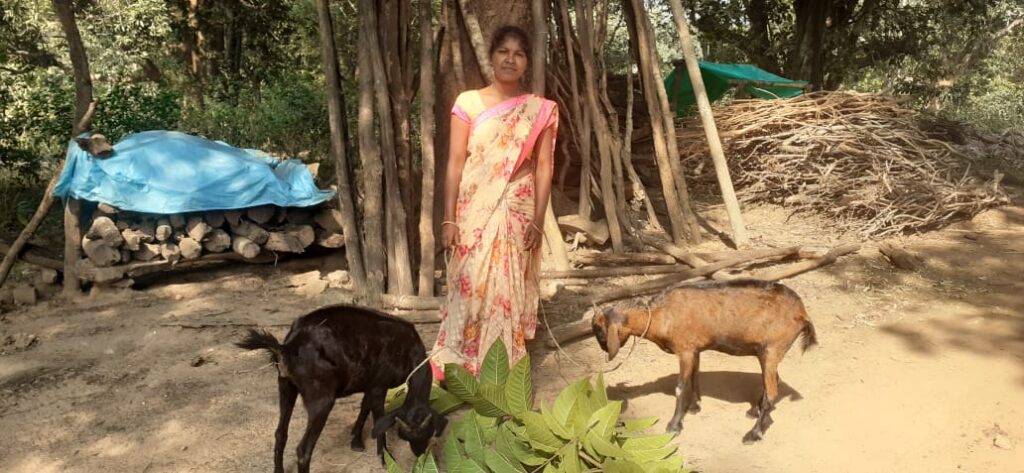As per the “World Inequality Report 2022[1]”, India is among the most unequal countries in the world, with rising poverty and an “affluent elite.” In India, the top 10% and top 1% hold 57% and 22% of the total national income, respectively, while the share of the bottom 50% has gone down to 13%. But even when India boasts of economic growth and becoming one of the fastest-growing economies in the world, we also need to see who is left behind in this growth and development.
The CNI SBSS intervention area in Jharkhand consists of villages in the Torpa and Bano blocks that are home to tribal and Dalit communities. CNI SBSS has been working to address the plight of the tribal and Dalit communities and the poverty and deprivation of the deprived community, which has been aggravated by the second wave. Every individual has the right to live a life of dignity where he/she earns and sustains his/her family, has ownership over land and livestock, and where there should be an equal distribution of resources among all. However, the distribution of the benefits of this growth to the rural poor has been limited due to poor access to services, inadequate infrastructure, a hierarchical social system, and ignorance of programmes, leaving the poor population in the rural villages even poorer than before.
To address the issues of poverty and to present an opportunity to have a life of dignity and a chance to earn a livelihood, 40 beneficiaries under the project “Together We Will: Build a Community of Hope and Joy” were identified and given partial livelihood support through which they can earn a decent income and support themselves and their families.
Under the project, INR 9,000–10,000 was provided to families as additional support, which had helped to increase income and will supplement the activities that they were already engaged in. A few deprived families have also started new initiatives with our support. Among the beneficiaries, few have been identified during the COVID-19 emergency relief project, e.g., widows and PWD (People with Disability). Out of the 40 beneficiaries, 68% of the beneficiaries are women.
The amount for livelihood activities went towards the purchase of livestock (piglets and goats), repairs of animal sheds, purchases of animal fodder, and medicine. For shops adding more items to their existing shops, like grocery shops, vegetable shops, cosmetic shops, and tailoring shops, the team will monitor to see that the amount disbursed is used for the purpose for which it is being given by conducting follow-up meetings and updating the income profiles of the beneficiaries. The beneficiaries were grateful for the support, as this has provided an opportunity for them to have a decent income and support their families.
Apart from livelihood support under the project, COVID relief support was provided in form of ration and hygiene kits and Direct benefit Transfers. Women from the community are also capacitated and linked with various government schemes that include FRA – Forest Rights Act, NRLM – National Rural Livelihood Mission, MGNREGA – Mahatma Gandhi National Rural Employment Guarantee Act, NRHM – National Rural Health Mission, PMAY – G – Pradhan Mantri Awas Yojana – Grameen, ICDS – Integrated Child Development Services (focus on supplementary nutrition component of this programme) and Pension Schemes. Women participate equally in leadership as well as in accessing the benefits of identified schemes. This access to different schemes will ensure sustained income for the deprived communities. A conscious focus is kept on gender which will help to address SDG 5 on gender equality.
[1]https://wir2022.wid.world/ The report was released by the World Inequality Lab, which aims to promote research on global inequality dynamics. This report presents the most up-to-date synthesis of international research efforts to track global inequalities.






